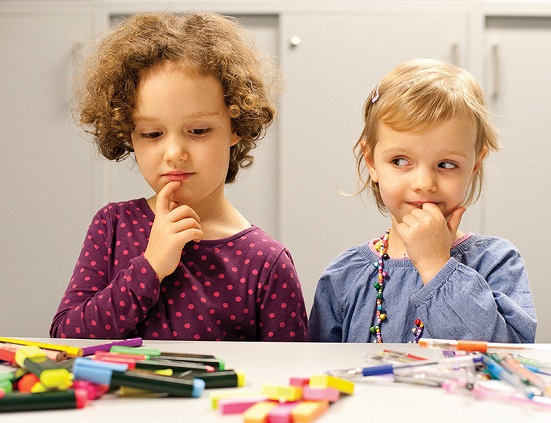Supporting children’s decision making and problem solving skills
Children have an innate ability to find solutions to problems. They are continually engaged in decision-making and problem-solving, as they do so in everything from navigating social circumstances to confronting academic obstacles.
Our job as adults is not to solve all of their problems for them but rather to encourage and foster the development of these vital abilities.
We prepare students for a future in which critical thinking and flexibility will be of the utmost importance by giving them the agency to make decisions based on accurate information and cultivating effective skills for problem-solving.
Having an understanding of how decisions are made
Making a choice from among a number of available options is an involved mental process that requires consideration of a variety of factors. Children stand to gain a great deal by becoming skilled in the art of efficient decision making:
Encourage independence by giving children the freedom to make choices that are suitable for their ages, such as picking out their own clothes or determining what they want to do after school. This freedom instills a sense of independence as well as responsibility in its holders.
Talk about the repercussions: Ensure that youngsters are aware that any decision they make will have both positive and negative repercussions. This teaches kids to thoughtfully consider all of their possibilities.
Teach students how to solve problems: Identifying and resolving issues is a common part of the decision-making process. Encourage youngsters to engage in critical thinking about the difficulties they are experiencing and to investigate possible solutions.
Developing Your Capacity to Solve Problems
The process of finding answers or resolutions to challenging or complicated problems is referred to as problem solving. When children are faced with academic, social, and personal obstacles, having this skill will be of incalculable use to them:
Determine the nature of the issue: Instruct children on how to recognize the particular challenge they are facing. The complexity of a problem can be reduced by segmenting it into more manageable chunks.
Consider potential answers: Foster originality by coming up with a variety of potential solutions, including some that are out of the box. This encourages creative and original thought.
Consider your choices: Assist the children in weighing the benefits and drawbacks of each option. Talk about the possible outcomes and the effects they would have.
Create a plan: Once a solution has been selected, lead the group in the creation of a detailed strategy for how to put it into action. This encourages organization as well as the development of goals.
After the issue has been fixed, talk to the children about what worked and what didn’t after you’ve had some time to reflect on the situation. This allows them to gain knowledge from their previous experiences.
Strategies That Are Helpful
An approach that is caring and compassionate is required in order to assist youngsters in their ability to make decisions and solve problems:
Listening actively is paying attention when children talk about the challenges or choices they face. Exhibit compassion and comprehension, and steer clear of forcing your viewpoints.
Inquire using inquiries that are open-ended: Asking questions like “What do you think will happen if you choose this option?” and “Why do you think that will happen?” are great ways to encourage critical thinking and deeper investigation.
Give direction rather than the answers: Give them direction and suggestions rather than trying to solve their problems for them. Children are given the ability to assume ownership of the decisions they make as a result of this.
Honor both your victories and your defeats: Put an emphasis on the fact that learning opportunities can be found in both successful and unsuccessful endeavors. Foster an environment where learning is valued above everything else by encouraging a growth mentality.
An example of how to solve a problem: Show how you come to decisions and how you solve problems using your own experience. Children pick up what they know from watching others, therefore it’s important to be a good example for them.
The final word
Investing in children’s ability to make decisions and to solve problems is a smart move for everyone who cares about their future happiness and prosperity.
Not only are these abilities necessary for success in academic pursuits, but they are also important for one’s own personal and social development.
We give children the ability to face the problems of life with self-assurance and resiliency by guiding them, encouraging them to think critically, and helping them develop their independence.
They become better equipped to deal with the complexities of a world that is always changing as they mature into capable problem solvers and decision makers.

